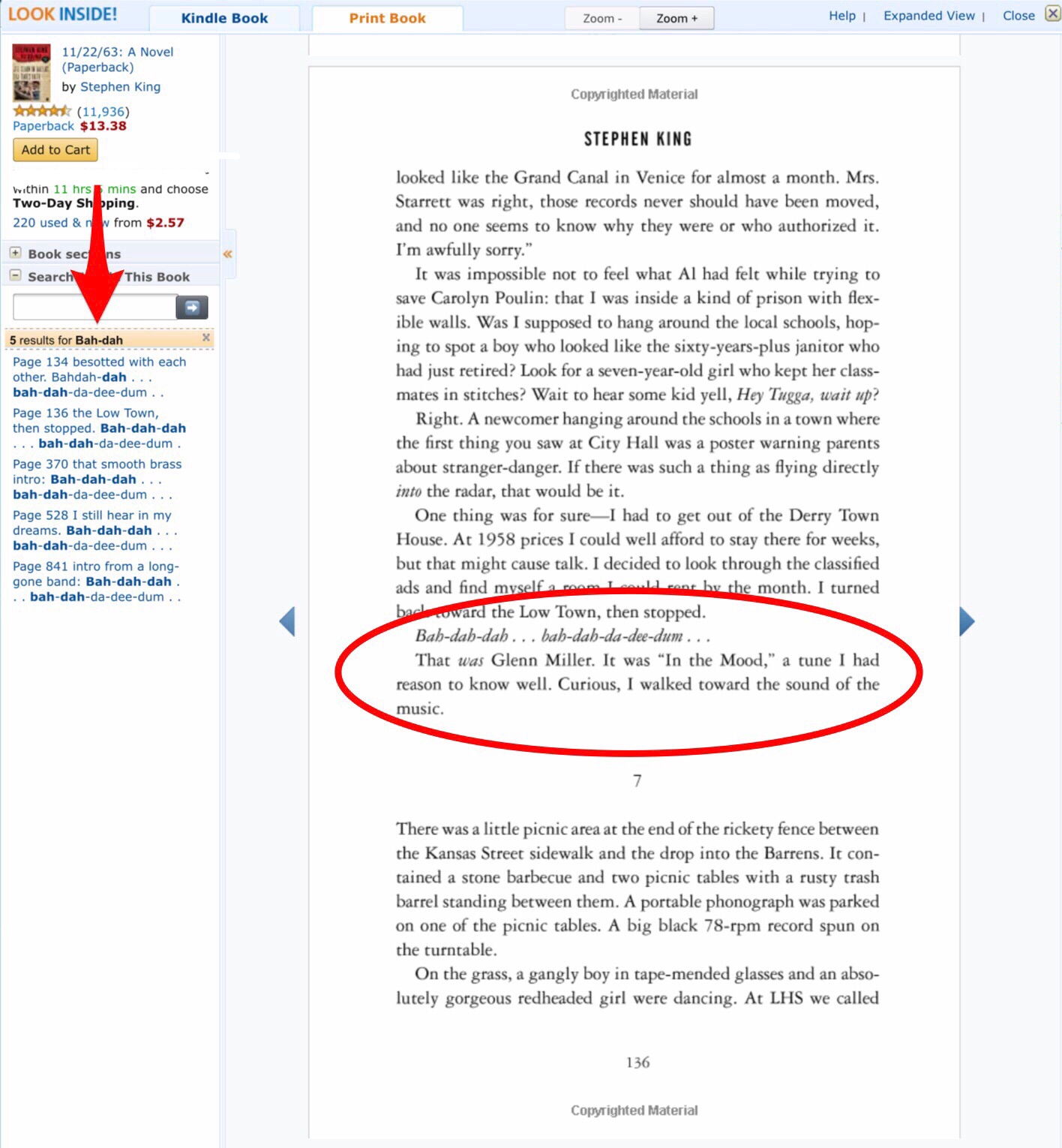It’s my goal to make NarratorsRoadmap.com be the site with the greatest breadth and depth of information and resources related to audiobook narration on the Internet! This site meets you where you are and will help take you where you want to go!
Some people have told me they feel overwhelmed by the tremendous wealth of content on the site and asked me where they should start to get the best use out of it.
That question is almost impossible for me to answer because every person’s background, situation, and goals are different. However, I will attempt to offer some general recommendations on this page.
Options available only to Express Pass members are designated with this member badge. ![]()
The Welcome Center has all the details about membership costs and benefits, the registration link, and even MORE links! You can also join by clicking here or on the LOGIN button above.
Authors:
- The Welcome Center page has a section titled Author Resources. If you join the site, you’ll also have access to my exclusive member-only Audiobook Distributor Comparison Chart.
Everyone at Any Time:
- Be sure to consult the Roadmap to the Roadmap to see a summary of the offerings and understand the site navigation.
- Check out the professionals listed in the Audiobook Village directories as you may need their services at any moment.
- The Pit Stop Shows consist of interviews with narrators who do more than narrate. Their stories are sure to inspire you!
- The Welcome Center page lists over 20 categories of services and products that you could need at any point in your career. It includes a section on Public Domain audiobooks, with links to my free articles.
Newcomers Exploring This Career:
Begin by reading all the articles and watching the videos on the Home page.
- My articles and those from other pros suggest practical steps to take and ways you could proceed. I particularly recommend you begin your research with these 2 resources as they may make the decision easier for you:
- My Audiobook Narrator Self-Assessment Quiz articles
- Sean Pratt’s video So…You want to be an audiobook narrator?
Before You Narrate Your First Book:
After you know you want to pursue this work, follow these steps at a minimum.
- Read and refer to all of the articles in the Best Practices and Performance sections of the Knowledge Base articles and the article How to Do Pronunciation Research as they describe in detail the specifics of doing the work.
- You’ll also want to pay attention to the article titled What rate should a newcomer charge? in the Auditions/Career section of the Knowledge Base
- Set up space and equipment for your studio.
- You’ll find popular choices for equipment in the KB article Which microphone and interface should I get?
- Hire an engineer in the Studio Treatment and DAW Training section of the Welcome Center page to help you learn your software and make your sound quality the best it can be.
- I outline some First Steps in the Connections section of the Home page where you can practice and build your skills.
- I’d work with a vetted coach in the Coaches Directory located in Audiobook Village. You’ll want to make coaching an on-going event throughout your career.
- If you want to audition on ACX, read through the KB articles in the ACX section, especially ACX Projects to Avoid. (Shameless plug for a related product: I taught a 3-hour webinar called Put Yourself in the ACX Driver’s Seat. It’s available for purchase and immediate download on my Shop page.)
 Watch the 12-module iAnnotate member video course to learn how to configure and use this software to great advantage during your prep.
Watch the 12-module iAnnotate member video course to learn how to configure and use this software to great advantage during your prep. Acquire the habit of looking through the worldwide, member Event Calendar for any training and networking opportunities you want to attend. You can also participate in any of the Clubhouse discussions you see there. In fact, now is a good time to join the Narrators Roadmap House! I track a LOT of events and add more to the calendar every week!
Acquire the habit of looking through the worldwide, member Event Calendar for any training and networking opportunities you want to attend. You can also participate in any of the Clubhouse discussions you see there. In fact, now is a good time to join the Narrators Roadmap House! I track a LOT of events and add more to the calendar every week!
You’ve narrated 1-9 books:
- Read through the Auditions/Career and Post Production articles in the Knowledge Base.
- Start watching the rest of the Videos, which are categorized as Business, Performance, and Production. You’ll also want to watch the videos on the Home page.
- Work with a vetted coach in the Coaches Directory located in Audiobook Village. You may want to work with different coaches as some specialize in business areas, while others guide you in improving your performance.
- You need to have a web site so people can find and contact you. You’ll find web designers in the Web Sites section of the Welcome Center page.
- You’ll also want to start other aspects of your business, such as some sort of client relationship management (CRM) system. Some people use a spreadsheet, Airtable, or specialized software.
 In my Evernote video course for members, I show how I use Evernote for CRM to keep details I’ve learned about prospects and clients, set reminders for follow-up, and retain copies of communications.
In my Evernote video course for members, I show how I use Evernote for CRM to keep details I’ve learned about prospects and clients, set reminders for follow-up, and retain copies of communications.
 Watch the member Video Course titled Create Your Own Path. Each segment of this course has its own list of resources. The module on Prospecting may be most helpful to you at this point.
Watch the member Video Course titled Create Your Own Path. Each segment of this course has its own list of resources. The module on Prospecting may be most helpful to you at this point.
- In addition to the prospecting module mentioned above, another segment discusses Public Domain (PD) books. I previously advised people to wait to do one until you’ve completed a few books and solidified your work process. However, I now encourage you to choose to cast yourself in projects you like which are a good fit for your voice. Work begets work!
- Be aware PD books require extra steps since you are the publisher, including choosing the cover art and distribution channel(s).
- You’ll find my curated collections of PD books among the resources.
- Of course, if you want to do one or more PD books purely for practice and release it on YouTube and/or in a podcast, that’s certainly an option. In fact, these kinds of projects would help you develop and improve your work flow even if you record a book but don’t distribute it.
- If you want to publish your book — whether your own, one you’ve licensed, or a public domain title — on Audible and other sites, watch the module about publishing. It has a set of resources and also links to the member-only article in the KB titled Audiobook Distributors Comparison Chart. This chart will also help you guide authors in making their distribution choices. (Shameless plug for another related product: If you’re interested in licensing the audio rights to contemporary books, you’ll find a webinar I did with IP attorney/Grammy-winning directory Jessica Kaye on my Shop page.)
- In addition to the prospecting module mentioned above, another segment discusses Public Domain (PD) books. I previously advised people to wait to do one until you’ve completed a few books and solidified your work process. However, I now encourage you to choose to cast yourself in projects you like which are a good fit for your voice. Work begets work!
 Also included in the member Video Course area is my webinar about Public Domain Audiobooks and Self-Publishing. It covers even more about territory about these topics than the modules in the Create Your Own Path course, plus it has even more resources!
Also included in the member Video Course area is my webinar about Public Domain Audiobooks and Self-Publishing. It covers even more about territory about these topics than the modules in the Create Your Own Path course, plus it has even more resources! You’ll find more videos and articles under the Convos With Karen tab on the member Video Courses page. Many of these deal with mindset issues and royalty share questions.
You’ll find more videos and articles under the Convos With Karen tab on the member Video Courses page. Many of these deal with mindset issues and royalty share questions. Also on the member Video Courses page, you can watch my Antidotes to Comparison-itis and Bad Review Fever to learn practical, actionable steps you can take to improve your mindset.
Also on the member Video Courses page, you can watch my Antidotes to Comparison-itis and Bad Review Fever to learn practical, actionable steps you can take to improve your mindset.
You’ve narrated 10 or more books:
- Review the items in the previous sections and take any actions necessary and meaningful to you, such as:
- auditioning on ACX
 watching the member video course on iAnnotate
watching the member video course on iAnnotate looking for events in the member Event Calendar. Expand your perusal of the Calendar to include author/reader events, conventions, book festivals, etc. to find gatherings to attend in a prospecting capacity. Submit proposals to event planners to speak about audiobooks at their function.
looking for events in the member Event Calendar. Expand your perusal of the Calendar to include author/reader events, conventions, book festivals, etc. to find gatherings to attend in a prospecting capacity. Submit proposals to event planners to speak about audiobooks at their function. viewing the Create Your Own Path member course and webinar about Public Domain Audiobooks and Self-Publishing, choosing a public domain book, recording it, and self-publishing it.
viewing the Create Your Own Path member course and webinar about Public Domain Audiobooks and Self-Publishing, choosing a public domain book, recording it, and self-publishing it.
- Several KB articles are especially useful for those of you who found the site later in your career.
- These articles present a wide range of options you may not have considered for doing the work:
- These articles will aid you in finding more work:
![]() At some point, you will start approaching the producers and publishers listed in the exclusive member Casting Directory (available to 6-month and yearly members only). Remember — you only get one chance to make a good first impression!
At some point, you will start approaching the producers and publishers listed in the exclusive member Casting Directory (available to 6-month and yearly members only). Remember — you only get one chance to make a good first impression!
Some people with tremendous acting experience in other disciplines or some special skill like a language may be added to publishers’ rosters immediately. However, most people should expect to have a body of audiobook work as evidence of their ability before contacting publishers.
With more completed projects on Audible, you become more credible to publishers. When you get a book from a publisher, they have to know that you can meet their deadlines and submit a finished product that is comparable to their other books. You also understand better the type of work you want to do and where the market wants your voice. These 2 areas may or may not overlap.
There’s no set number of books you’d need to have before submitting your demos to publishers. My point is that you don’t want to contact producers — or authors, for that matter — before you are ready. You’ll find more information and resources in the article How long does it take to get work from publishers?
We all take unique paths in our careers. Don’t feel like you have to heed these guidelines. Instead, I hope you’ll follow your interests as you traverse the site.
![]() Members, don’t worry about missing something! I send a newsletter to members every other Monday (except at year-end) that lists all the changes on the site to help you stay current.
Members, don’t worry about missing something! I send a newsletter to members every other Monday (except at year-end) that lists all the changes on the site to help you stay current.









